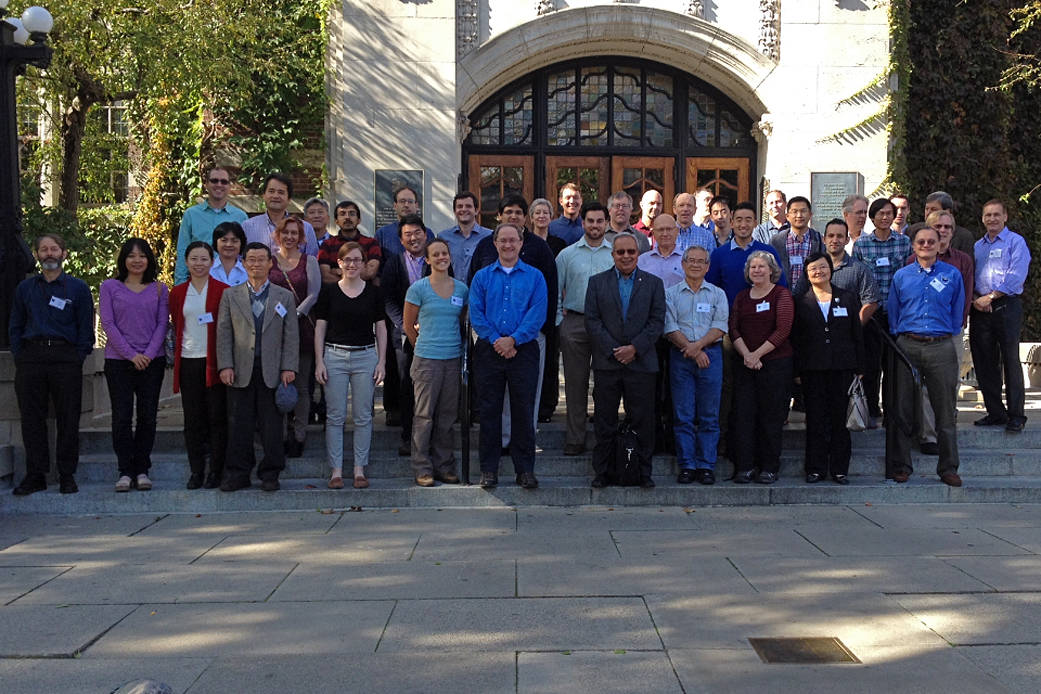Scientists from NASA, NOAA, the Southwest Research Institute and other institutions and agencies came to Ann Arbor, Michigan, on Oct. 21 and 22 for NASA’s Cyclone Global Navigation Satellite System (CYGNSS) science team meeting.
The science team members were given a tour of the new Spaceflight Operations Center (SOC) and the Space Physics Research Laboratory (SPRL).
The meeting included several presentations on topics including “The impact of satellite based wind measurements on tropical cyclone forecasts: CYGNSS ocean surface winds versus 3-D winds,” and “Observations of diurnal variations and rapid intensification of ocean winds.”
There was also a demonstration of a storm intersection forecast tool by climate and space doctoral student Charles Bussy-Virat.
The meeting was an opportunity for science team members from around the nation to connect and prepare for the October 2016 launch of CYGNSS.
CYGNSS is a constellation of eight microsatellites that will measure surface winds in and near the inner core of hurricanes, including regions beneath the eye wall and intense inner rain bands that could not previously be measured from space. The CYGNSS-measured wind fields, when combined with precipitation fields (e.g., produced by the Global Precipitation Measurement [GPM] core satellite and its constellation of precipitation imagers), will provide coupled observations of moist atmospheric thermodynamics and ocean surface response, enabling new insights into hurricane inner core dynamics and energetics.
The University of Michigan leads the CYGNSS mission. Team members include climate and space science and engineering professors Chris Ruf (CYGNSS principal investigator), Derek Posselt and Aaron Ridley, as well as SPRL staff members Damen Provost, Bruce Block, Linda Chadwick, Steve Musko, Jon Van Noord and Timothy Butler.



























